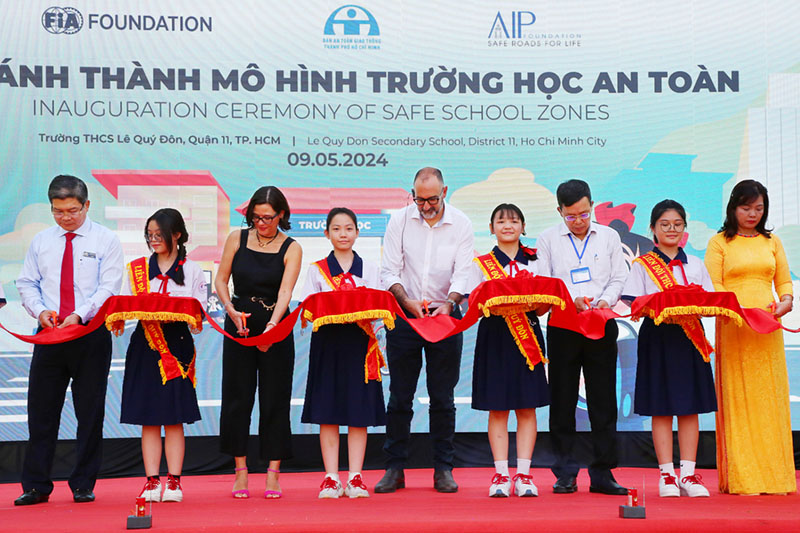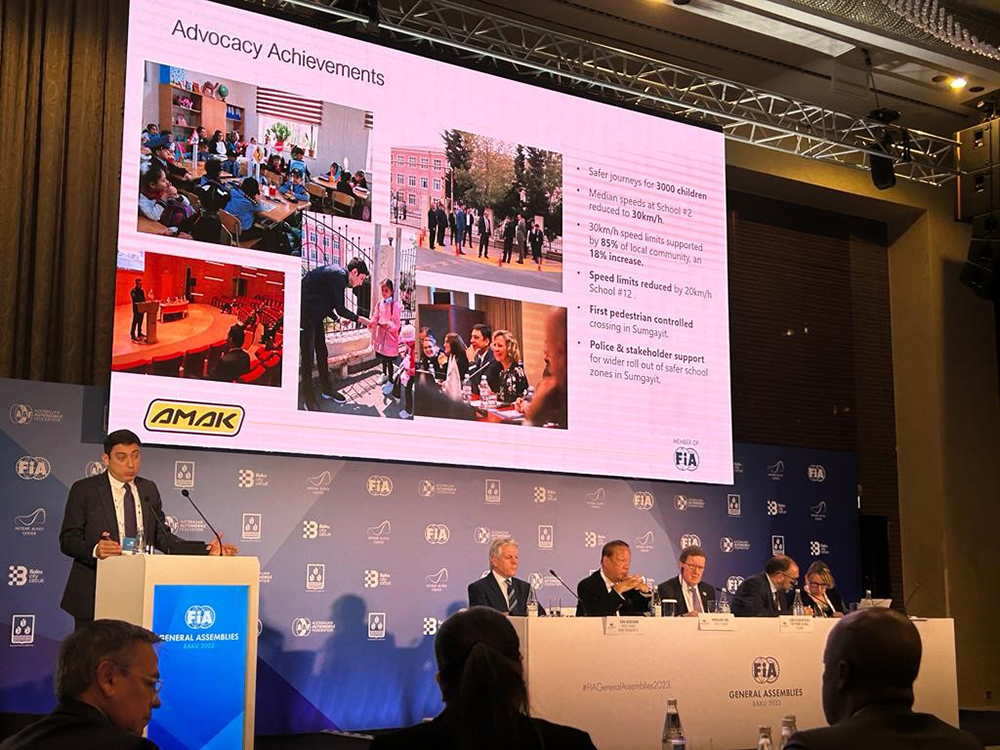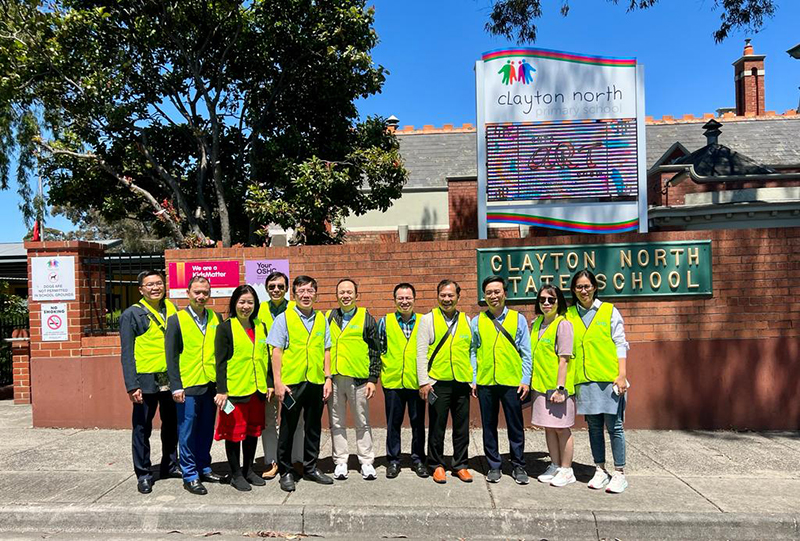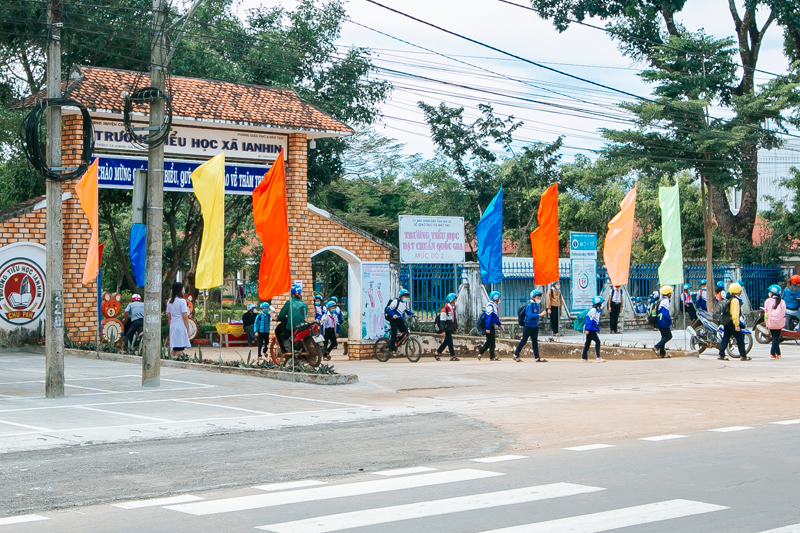LAC conference on urban mobility hears #EveryLife call for child health rights
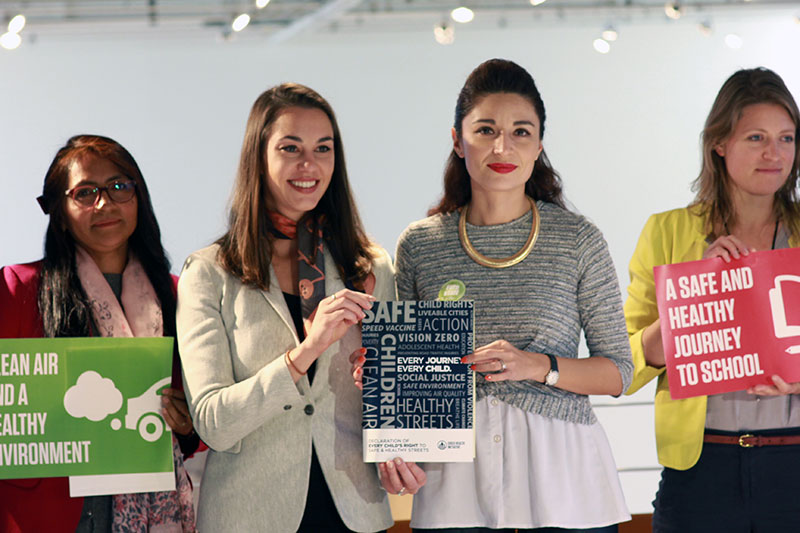
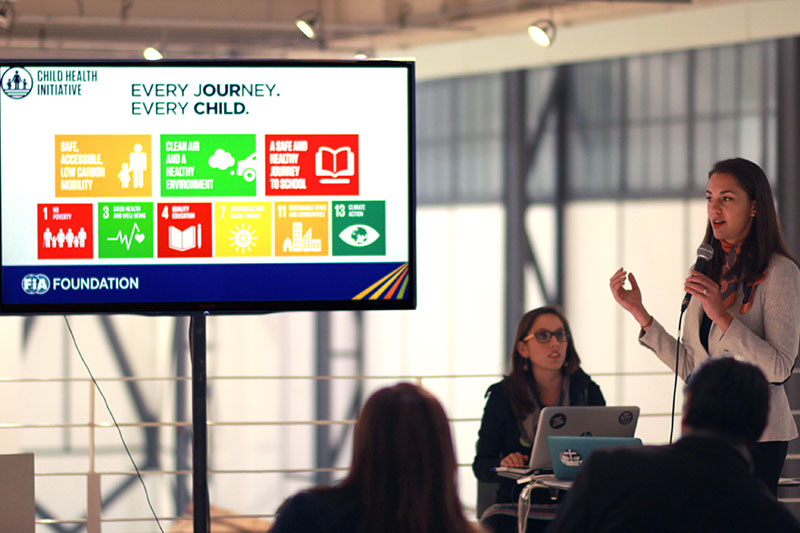
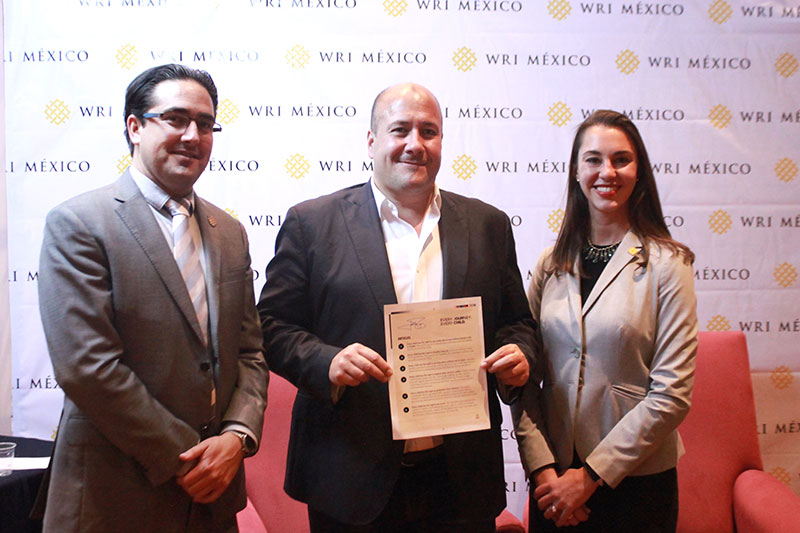

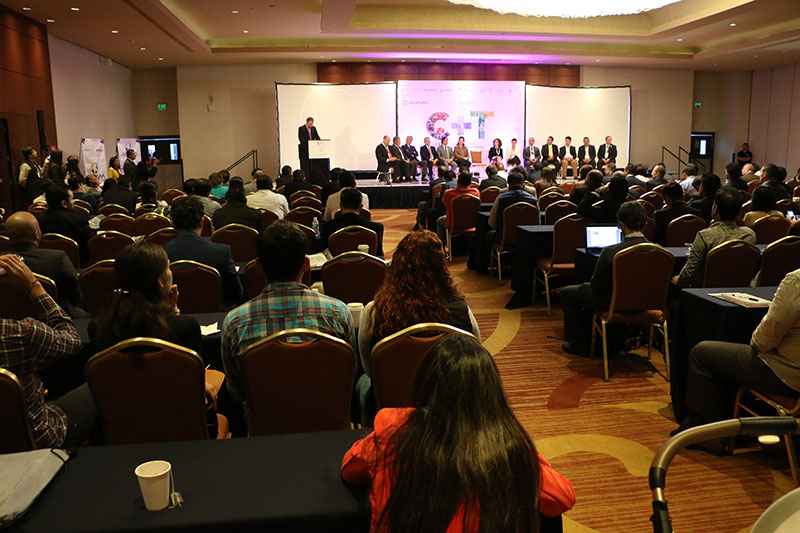
The 13th Annual International Congress on City and Transportation, held during Design Week Mexico, convened experts in transport, urban design, government, and public policy to share global best practices on improving mobility in cities. At the forefront of the agenda was the need to protect children, with Mexican politicans endorsing the #EveryLife Declaration.
Child Health Initiative partners WRI Mexico and ITDP held events focusing on the need to design policies around children’s rights to safe and healthy mobility in cities. Workshops and panels highlighted the need to improve road safety through Vision Zero, with a focus on youth, and leaders called for a national road safety agency and act to achieve this goal.
On a panel with leaders across Latin America, including federal deputy Jonadab Martínez, President of the Mobility Commission of the Chamber of Deputies, and Laura Ballesteros, Vice Minister of the Ministry of Mobility, Natalie Draisin said, “It is an honor to be here in Mexico because you are uniquely positioned to become the first emerging economy to successfully implement Vision Zero. Our partners here, WRI and ITDP, are helping implement Vision Zero by starting with youth. They have joined our Child Health Initiative partners in bringing to life the six principles of our ‘Every Life’ Declaration of Every Child’s Right to Safe and Healthy Streets, which the Mayors of London and Accra signed last week. Today, we are delighted to include signatures of the Mayor of Guadalajara and the Ministry of Mobility as well.”
Signing the Declaration, the Mayor of Guadalajara, Enrique Alfaro Ramirez, commented on the mission of the Child Health Initiative, to ensure a safe and healthy journey to school for all children. He said, “It seems difficult, but it's not impossible, and here we are.” Signing for the Mexico City Ministry of Mobility Laura Ballesteros (main photo above) added, "We must aim for the only acceptable number of deaths among our children – zero. Every child has the right to a safe and healthy street. We need to help our children realize these rights, and we need a national road safety agency and act to get there.”
Throughout the week, leaders echoed the call for a national road safety act and agency. Supporting the pillars of the Decade of Action on Road Safety, the act would, for example: coordinate federal, state and local programs and projects, oversee performance, and modify strategies; create a national license plate record; ensure homogeneous traffic regulations, including a reduction of speed limits in urban areas; strengthen requirements to obtain a driver’s license; and improve safe infrastructure. The 17 of 19 members of AMAM (Mexican Mobility Authorities Association) which attended the conference demanded approval of the act. The AMAM represents 60% of Mexican states, including Mexico City. “A national road safety agency and act is necessary to achieve the Sustainable Development Goals. We call on all Ministries to support this leadership initiative, including the Ministries of Health, Transport, Public Safety, and the Interior which have the power to work together save lives on roads.”
The act and agency are necessary to support efforts to protect youth and ensure safe and healthy journeys to school. Many of these efforts were showcased during the conference, including an upcoming related toolkit funded by the Inter-American Development Bank and UNEP, with support from the FIA Foundation. WRI also hosted a workshop on their ‘Cities Safer by Design’ manual, part of a series funded by the FIA Foundation. Saul Alveano of the Transport Systems Department of WRI Mexico said, “These workshops are an important opportunity to bring organizations across Latin America together to learn from each other and ensure that we are implementing simple, life-saving infrastructure to protect our youth.”
Child Health Initiative partner ITDP also hosted a workshop during the week, as part of their initiative to improve road safety around two middle schools in Mexico City, and monitor and evaluate Vision Zero policies. ITDP is implementing Vision Zero for Youth – essentially, Vision Zero by starting with the most vulnerable population. With the help of ITDP, teachers have enthusiastically incorporated street redesign into their curriculum, and Design Week Mexico and insurance company AXA have publicized the school’s efforts to improve road safety, and secured materials needed for temporary installations. Other partners include the city Ministry of Mobility, and LabCDMX, the city’s innovation agency. They have provided Vision Zero data and committed to creating open source data to increase stakeholder collaboration.
The workshop, “Road safety in school environments: a socially responsible design approach” presented the benefits of designing streets and public spaces together with the community, and provided examples of national and international experiences of road safety around school environments. Bernardo Baranda, ITDP Director for Latin America, and Gonzalo Peon, Deputy Director for Mexico, said, “In Mexico, road traffic crashes are the leading cause of death for 5-9 year-olds, and the second among adolescents and young people 10-29. To address this, ITDP joins the Government of Mexico City in implementing Vision Zero, with a focus on protecting children. Aligning our efforts with global road safety strategies, we seek to replicate our success in other schools in Mexico City and beyond.”
Watch an interview about the week’s events, here (25:30): http://tv.milenio.com/milenio_noticias/milenio-noticias-hectorzamarron-12_octubre_2017_3_1047525251.html



